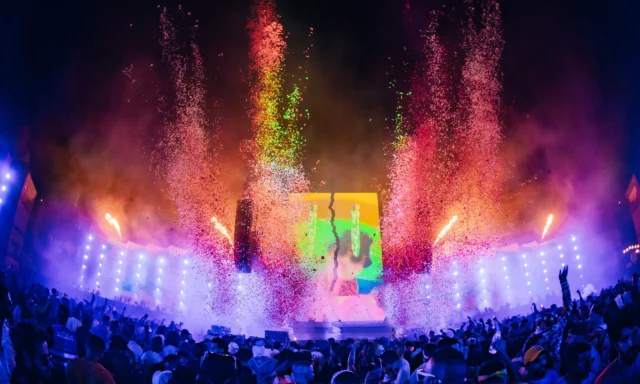Music festivals have evolved to become a major part of the contemporary music culture, with millions of fans worldwide attending these events to experience live acts by their favorite artists. Starting from minor events in which people mainly passionate about music came to get together, they have grown into spectacular celebrations of music, arts, fashion, and community. In this post we want to discuss how music festivals are framing the contours of contemporary music culture—how they shape trends in music, boost the careers of artists, and influence the business of music as such.
A Brief History of Music Festivals
The seeds or roots of contemporary music festivals reach back to the late 1960s with events like Monterey Pop and Woodstock, strongly planted within the counterculture movements of that day. With peace, love, and music, these festivals provided a blueprint for the future music festival culture, hand-picking innumerable eclectic musical acts to play to audiences in droves.
Over the decades, music festivals developed and diversified with time, targeting genres and audiences. Today, events like UK’s Glastonbury, the US-based Coachella, or Belgium’s Tomorrowland resonate as modern music festival experiences, clocking hundreds of thousands of visitors every year.
Impact on Music Trends and Artist Lives
Music festivals are arguably one of the biggest determinants of music trends. They make relatively unknown and up-and-coming artists get an opportunity to perform in front of huge and varied audiences, hence often acting as a springboard for some of the artists’ careers. Any artist who has ever played at major festivals has the upper hand to get his or her name out there, gain a lot of exposure, and earn much credibility, hence possibly attracting much more involvement in music, such as record deals, collaborations, and media.
It’s also playing out in a certain kind of trend that’s answering to music through things like festival bills. For instance, the incorporation of EDM at festivals like Ultra Music Festival and Electric Daisy Carnival has been indispensable toward the popularization of EDM as a genre in the mainstream. In the same way, those festivals that have mixed genres have provided several cross-genre collaborations and experimenting, hence developing music further.
Fostering a sense of community and cultural exchange
Essentially, one of the typifying features of music festivals is an enhancement of a sense of community amongst participants. In festivals, people with diverse interests are brought together only by the love they have for music in a manner distinguishing it from other entertainment. This communal feeling is further extended beyond music per se and may get constructed by shared fashion tastes, art, and lifestyle.
Moreover, music festivals also offer some form of cultural interchange. Frequently, they include artists who perform for the public from every part of the world. Such diversity opens up an individual to new styles in music and various ways in which these different cultures are expressed, thus increasing their appreciation of music culture from around the world. For instance, a festival like WOMAD, which stands for World of Music, Arts, and Dance, is organized with the sole purpose of bringing forward cultural diversity through music and arts.
Economic Impact and Tourism Boost
Music festivals generate colossal amounts of revenue for cities and regions that host them. Thousands of visitors rush to these festivals, hence fueling the economy of the given area through tourism, hospitality, and retail. The city of Austin, Texas, host two major festivals: SXSW and Austin City Limits. Such events provide high degrees of publicity and activity, which can be most beneficial in the long run to local businesses and community.
With direct economic benefits, the music festivals also tend to raise the cultural cachet of their host cities: they become that much more attractive to future events, tourists, and possible residents. In other words, securing an association with a successful music festival makes the image of a particular city rise as a cultural center.
Adapting to Changing Times: The Digital Revolution
The music festival scene has changed a lot in the digital age. Nowadays, the majority of festivals have integrated live streaming, which gives an opportunity for people who can’t get to the event to watch performances all over the world. This digital involvement provided music festivals with possibilities for increasing their audience and making more revenues through ads and sponsorships.
More than that, the importance of social media as a tool for promoting festivals and engaging the community attending them cannot be overstated. There’s arguably nothing better than platforms such as Instagram, Twitter, and TikTok for sharing real-time updates and behind-the-scenes content to build excitement around the event while encouraging community interaction. This digital engagement has just become part and parcel of the modern music festival—one more box-ticker in its marketing to a much younger, technically attuned audience.
Conclusion
Music festivals are important in shaping contemporary music culture through the role they play in the development of music trends, showcasing up-and-coming talent, building community, and economic development. As long as they continue to evolve in response to changing technologies and other cultural changes, music festivals will probably stay a corner of the music industry, something held dear by music lovers from all over the world.








